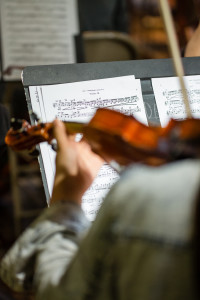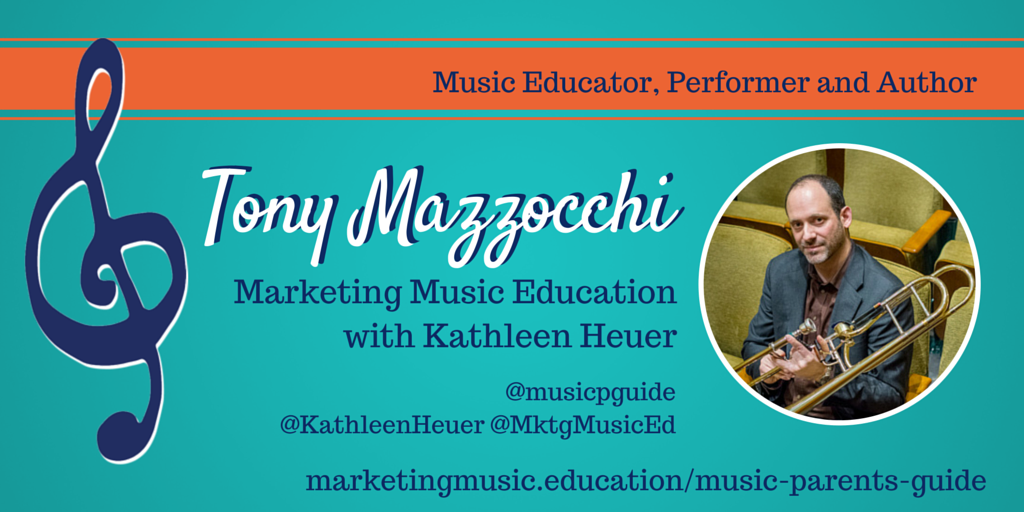 Somehow, some way, our school system has become completely standardized — yet our children are anything but that.
Somehow, some way, our school system has become completely standardized — yet our children are anything but that.
Instead of valuing children as individuals, our school system has designed itself to measure children against one thing — an average. Students are ranked by comparing their performance to the average student in their grade. Even grades and test scores are compared to an “average” ranking when applying to college. A constant comparison to mediocrity abounds in our schools — and schools therefore strive for mediocrity as a “safe haven” from punitive measures by government and even community members.
Most of us truly understand that a standardized test score or GPA isn’t what defines our children. But this concept of comparing our kids to an average yardstick has been beat into our skulls for decades, and I am shocked that more of us don’t question it more seriously.
The truth is, not only is mediocrity and average a dangerous thing to strive for, no human being is truly average or mediocre. Yet schools can’t help but to design their curriculum this way — except for when it come so the arts. Thank goodness teachers of the arts have always recognized that children have unrecognized and untapped potential. They know that students do not get the chance to show what they are truly capable of in most of their classes, and they provide them ways to do so.
Here are 3 reasons music and arts education escapes “teaching to the middle’ in our education system:
Individuality matters. In a standardized system, there isn’t much place for individuality. I believe the proper goal of education is to give students freedom to discover their own talents and passions by creating an environment that allows them to learn and grow at their own pace. Our country has all but failed in that mission thus far, but for the schools that haven’t cut the arts, there is hope. While industrialists won the education reform fight at the turn of last century, it’s time for schools to take a page out of arts educators’ books: instead of standardizing around an average, music teachers cultivate growth mindsets that allow children to find themselves and strive to achieve their fullest potential using the vehicle (instrument or discipline) of their own choosing.
Talent is not a scarce commodity. Until recently, businesses and schools have operated on the premise that talent is rare. But through continued brain research, we continue to learn that our long-held assertion that excellence is reserved for a select group of individuals has been wrong all along. Google and Microsoft have recently modified — or even abandoned — their rank-based hiring and evaluation systems for this very reason, and schools would be wise to do the same. Meanwhile, one can walk into a music class in any school in the country on any given day and see students performing on instruments and singing; children who a year before were not identified as “musically talented”. These teachers understand that talent is not inherent or inborn, and that all students are capable of reaching beyond “average” in school.
Music grades students the “right” way. Although many music teachers are forced to supply quantifiable data in order to justify their existence in our education system, I believe schools will soon strive to emulate the opposite. Music teachers more often than not have a self-determined, competency based grading system that they usually have to translate into a number to satisfy public school higher-ups. This grading system allows students to learn at their own pace without fear of “falling behind” a benchmark or average, and instead follow a path that is right for them. Instead of trying to be like everyone else (which is what students do all day long in other standardized courses), they are striving to be the best version of themselves. Grades are a one-dimensional ranking of ability — yet our students are anything but one-dimensional — and arts education serves as a model for competency-based learning as opposed to grades.
As it turns out, music and arts education has always been ahead of its time — whether intentional or not. Through choice of discipline, students are able to pursue the education that suits them best. Taking this individualized approach to education that defies teaching to an “average” is not easy, but music teachers have shown us this is possible — and the world is showing us that it is necessary.








[…] Article originally posted on The Music Parents’ Guide […]